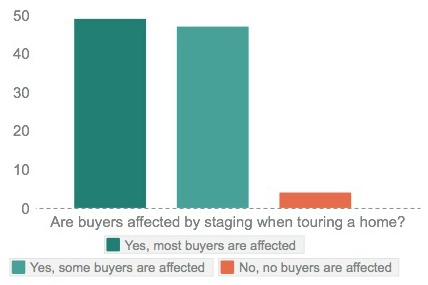It’s Monday. You just finished up your weekend DIY project. If that project included a paint job, you might find yourself left with a small amount of paint left over and no idea what to do with it. You could always keep it in the garage for touchups…or you could get creative. If you’re not burnt out on DIY and want to do something fun with that leftover paint, check out our top ideas for things you can "fix" with a quart or less of paint.
1. Trim: If you have a boring room and no idea how to add interest, mix things up. Instead of putting color on the walls, paint just the trim. It makes for an unexpected pop of color and is a unique look.
2. Fabric: Choose a fun stencil or stamp and transform boring curtains, pillows, or blankets with a pattern. The best part of this is that you can be as simple or as elaborate as you like.
3. Chairs: Focus on an office chair or just a couple of dining room chairs. It’s a small change that can have a pleasing impact. For a how-to on this, read our post on painting wood furniture.
4. Rugs: Paint over an old rug or add a pattern to a boring one. Another small detail that can change your perspective.
5. Knick knacks: Metallic paint or bright colors can make this one especially fun. If you have old figurines or other dust collectors, turn them into funky accessories with a quick coat.
6. Stairs: Sometimes a stairway needs a little bit of sass. Paint the risers or the railing for another unexpected pop of color.
7. Old art: An old, dated painting can bring your decor down. Paint over it with a solid color, a pattern, or your very own creation.
8. Frames: Paint your entire frame collection the same color for a cohesive look throughout a room. Or if you have small amounts of several colors, use those and make an eclectic collection.
What other ideas do you have for using leftover paint? Tell us in the comments section below.












